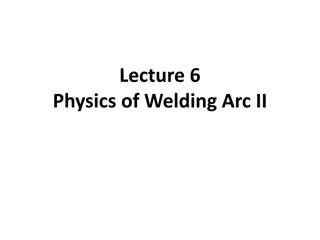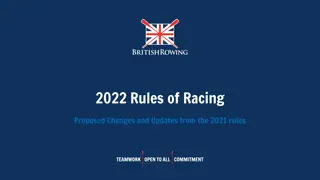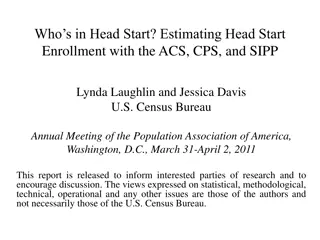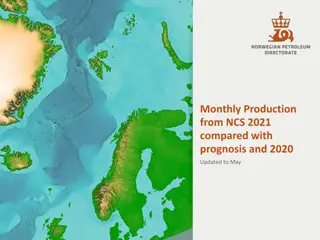
Constructing Maps with Isolines: Understanding and Application
Explore the concept of isolines - lines connecting points of equal value - used in map construction. Learn about examples like isotherms and contours, as well as rules for drawing isolines effectively to represent data accurately in geographic mapping.
Uploaded on | 2 Views
Download Presentation

Please find below an Image/Link to download the presentation.
The content on the website is provided AS IS for your information and personal use only. It may not be sold, licensed, or shared on other websites without obtaining consent from the author. If you encounter any issues during the download, it is possible that the publisher has removed the file from their server.
You are allowed to download the files provided on this website for personal or commercial use, subject to the condition that they are used lawfully. All files are the property of their respective owners.
The content on the website is provided AS IS for your information and personal use only. It may not be sold, licensed, or shared on other websites without obtaining consent from the author.
E N D
Presentation Transcript
How Do We Construct Maps Using Isolines 19 Oct 2021 What are Isolines?
Do Now 1. What is sea level? 2. What is the density of water? It is an arbitrary data point selected by different governments 1.00 g/cm3at 3.98oC 30 C is 0.9957 g/cm- 1.359 x 1019liters Add 6.0 X 1016liters
Isolines An isoline is a line connecting points of equal value.
Examples of isolines: Isotherms: points of equal temperature Isobar: points of equal barometric (air) pressure Contour: points of equal elevation Anything else you can get a value for. (The weather channel loves isolines!)
Rules for Drawing Isolines: 1. Isolines connect points of equal value. 5 5 10 10 10 10 15 15
2. Isolines are gentle, curving lines- no sharp corners. 5 5 10 10 10 10 15 15
3. Isolines are always closed curves even though the map might only show part of it. Isolines end either: in a circle or at the edge of the map.
4. Isolines NEVER cross - this would mean that one point has two different values. Ex: one spot has two temperatures? 60 50 40 30 X 20 Z Y
5. Isolines usually are parallel. (They have a parallel trend.)
6. On a field map, isolines that cross a stream make a V-shape. The Vs always point upstream. In the diagram below, the Vs point toward the northeast. This means the stream is flowing to the southwest. N
Map A Map A Draw isolines with an interval of 1. Work neatly and carefully 13 15 16 16 18 12 13 14 15 17 11 12 13 14 15 10 12 13 15 16
Map A Map A Draw isolines with an interval of 1. Work neatly and carefully 13 15 16 16 18 12 13 14 15 17 11 12 13 14 15 10 12 13 15 16






















